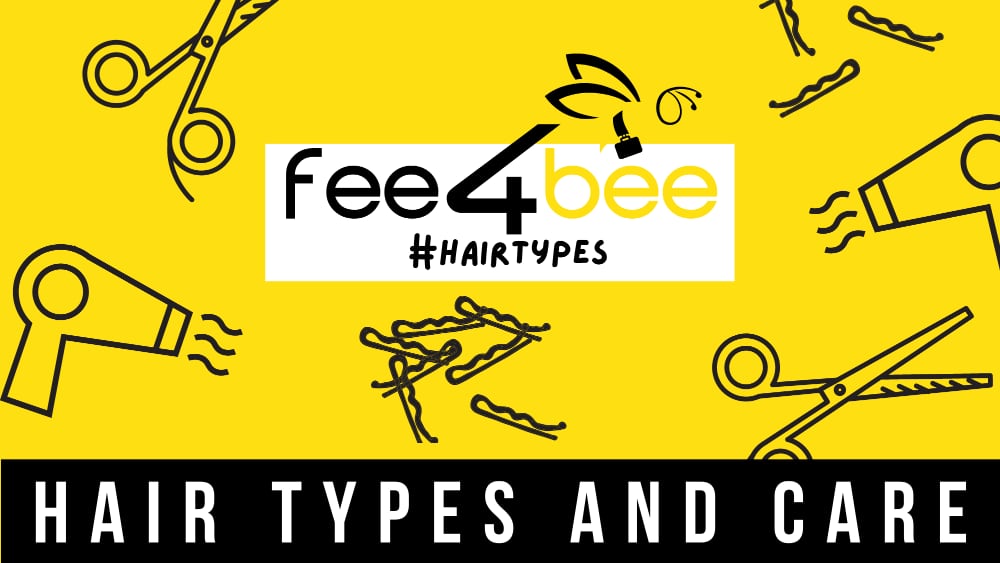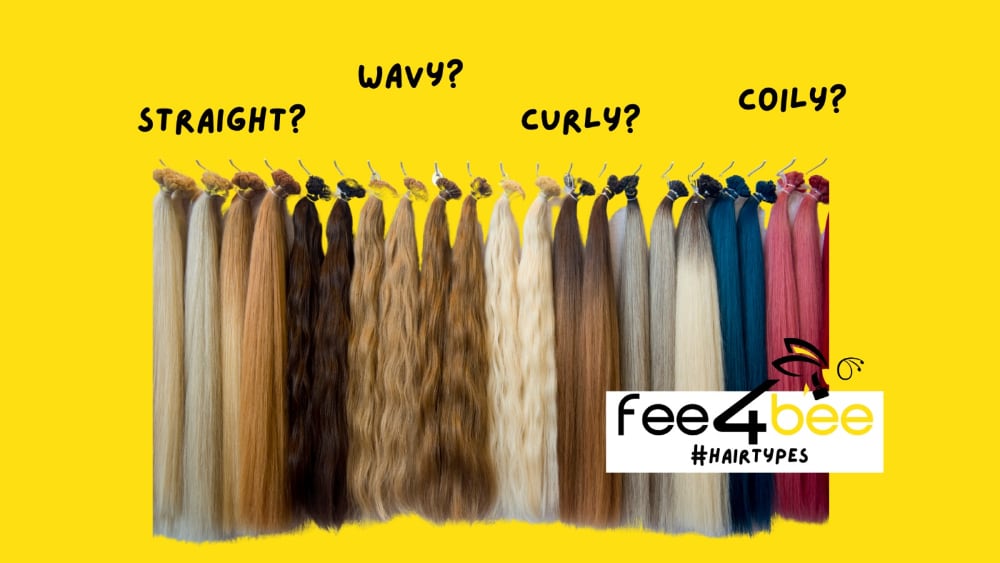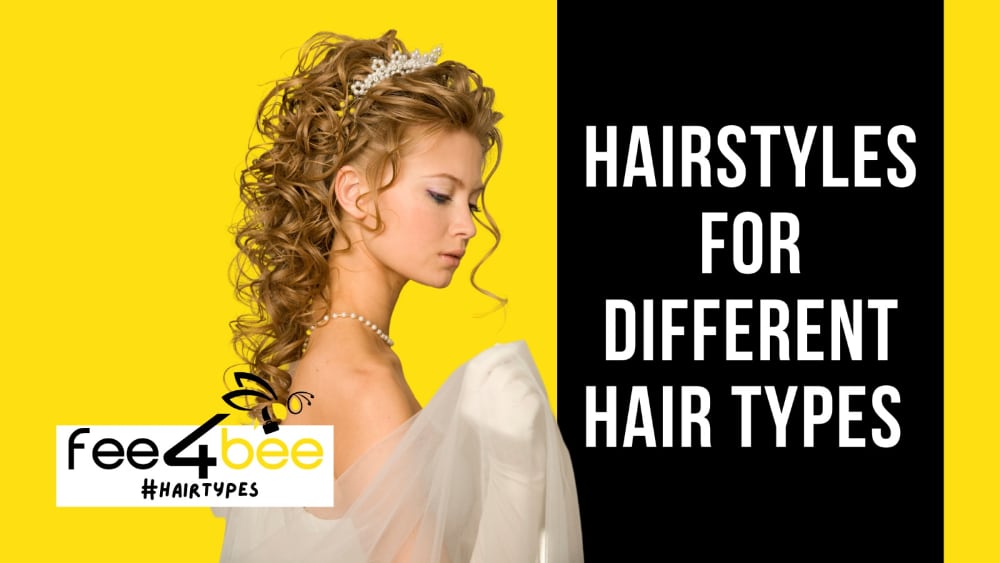- Winter Tasks
- Cleaning Services
- Moving Services
- Handyman
- Furniture Assembly
- Shopping and Delivery
- Office Services
- Commercial Cleaning
- Commercial Handyman
- Commercial Painting
- Conference Room Setup
- Office Housekeeping
- Office Movers
- Office Snack Delivery
- Office Supply Delivery
- Office Furniture Assembly
- Ergonomic Office Setup
- Office Setup & Organization
- Data Entry
- Proofreading services
- Office Administration
- Office Interior Design
- Business services
- Assembling IKEA furniture
- Assembling an IKEA kitchen
- IKEA dressing room assembly
- Assembling IKEA cabinets
- IKEA bathroom furniture assembly
- Assembling IKEA beds
- Assembling IKEA tables
- Assembly of IKEA seats
- Assembling IKEA sofas
- Assembling dressers IKEA
- Assembling IKEA racks
- Assembling IKEA pedestals
- Assembling children's furniture IKEA
- Assembling IKEA chairs
- Assembling other IKEA furniture
- Coaching
- Beauty and health services
- Domestic services
- Construction works
- Finishing work
- Services for animals
What hair types are there and how to care for them properly?

Regular hair care is essential to keep your hair clean and shiny. The frequency of washing hair and treatment procedures depends on your hair type and scalp.
One of the indicators of your hair health is elasticity. The elasticity of your hair refers to its ability to stretch. If it's flexible, it's a good indicator of its health. Hair that has a high elasticity is more shiny and bouncy and is generally considered to be strong. To test its elasticity, simply stretch a hair. The longer it stretches without breaking, the more elasticity it is.
If the hair breaks easily, splits at the ends or electrifies, then you have thin or dry hair. With thin or limp hair, you might want to add volume to your hair. The first thing to do if you have extremely dry hair is to limit washing.
A great way to take care of your hair is to keep it moisturized. This means using nourishing masks, wraps, and proper shampoo. You can use shampoos and conditioners with specific ingredients, for instance, coconut oil.
And if you have oily hair, it is also necessary to take care of your scalp and hair on a daily basis. If your hair is oily, try to wash it more frequently. Hair conditioner can be used less often than you wash your hair. Dry shampoos are good for oily hair.
Any hair products are best chosen based on your hair type. Then you will get strong and shiny hair.
What do types of hair mean?
Your hair's curl pattern is genetic, it's in your DNA. Your hair follicle shape determines how curly your hair is. Generally, hair types are:
- straight;
- wavy;
- curly;
- coily.
Knowing which one you have will help you understand how to care for it. Curly hair determines its structure, cuticle, and thickness. These features determine which hair products are best for you and which hairstyles are easier for you to do.
Different hair types and treatments

Healthy hair is key to beautiful hairstyles. Same as facial skin care depends on skin type, you can maintain your hair's health by choosing the right hair care for your hair texture and type. You should also be aware of the most suitable product for each type.
Straight hair
If you have a straight hair type they may vary in length, texture and thickness, but they have no natural curls at all. Straight hair can be considered the easiest type of hair to maintain. Even though this most women still need some heat to add volume or to tame fly-away locks.
Through frequent use of a hairdryer straight hair tends to get oily. This is why many hairstylists advise that you use dry shampoo instead of hair washing. Overwashing and heat styling your hair can lead to your scalp producing too much oil.
Wavy hair
Natural type wavy hair has a delicate, tousled texture. Your hair is quite straight near the roots when they are long and get waviness closer to the tips. To define the waves, stylists recommend using a gel or light mousse to boost the base.
Hair that is wavy is tend to be thin. They are often dry and easily electrified. Products designed to add thickness and manageability to wavy hair are a good idea. Wavy hair is more prone to frizz in humid weather. Many lightweight mousses are now infused with anti-humidity and moisture. A diffuser, which is a small toothy device that clips onto your blow dryer, is recommended by hairdressers to eliminate frizz.
Curly hair
Curls are formed from the roots and have lots of volumes because of hair's natural thickness. They are usually spiral-shaped and need moisture to retain their shape. Combing can cause curly hair to become frizzy and breakage. Instead, you can rake through your wet hair using your fingertips. Curl definition can be ruined by tying your hair in a ponytail.
Silicone and sulphates products may cause hair to dry out and eventually loosen up. If you have an oily scalp moisturizing does not necessarily require oils. For curly hair health, you can use creams and conditioning masques.
Coily hair
Coily hair is prone to tangles and volume. To help maintain its soft and supple state, use a good hair conditioner that contains fats and essential oils. These oils will keep your hair cuticles supple and maintain the boundary between the inner strand and the rest of the world.
More coils usually mean your hair are low porosity. It hardly gets wet and dry with a hairdryer. It is also difficult for nutrients to make their way through the rigid structure of the hair, especially to the tip. Therefore, curly hair needs frequent moisturizing with gentle products. Dry your hair gently and use a soft towel to absorb excess water. Do not brush your hair if it is wet, as this can cause breakage.
Hairstyles for different hair types

Always keep your face shape in mind when choosing your hairstyle and haircut. However, it would be wrong not to consider the type of hair.
A straight hairstyle is not as difficult to style as wavy hair. Lack of volume is the main problem with hairstyles for straight hair. If you have this type of hair, you can use a texturizing spray to give it some volume. Hairdressing for this type of hair will vary depending on its natural texture and your personal style.
Wavy hair tends to be unruly. If it is wet outside, they can be difficult to straighten, and on other days they do not want to curl at all. But they are just perfect for the balayage style. Straight tresses go from the scalp to the eye but have loose, undefined waves on the sides. Wavy tresses may look better with natural hairstyles, but need to be styled carefully to give them shape.
You can create many looks with natural curls. However, styling curly hair is much more complicated than ‘wash and go’. People often imagine curly hair as free and wild. But most curly girls know that perfect ringlets can only be achieved if you work hard to tame that wildness.
There are several things you can do to maintain coily hair and style it. Coils do not require regular conditioning and styling. It's easy to create a simple day-to-night style with a few jewelled bobby pins.